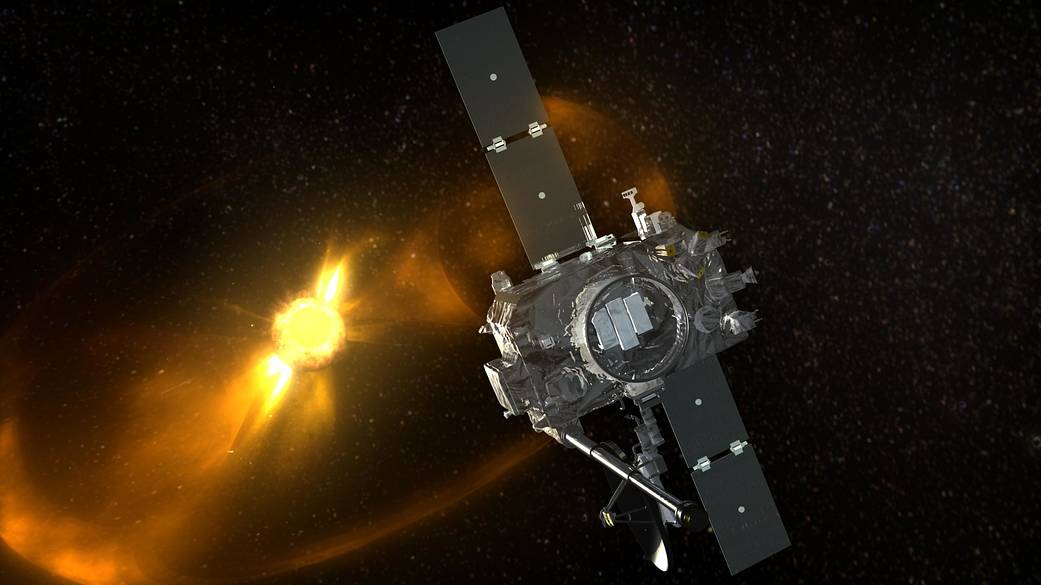A UK-wide survey for the Science Museum reveals that over 97% of the population know little or nothing about space weather and over 80% are not worried about the impact of a potentially severe space storm.
Even though there have been warnings that the UK should plan now to mitigate the effects of a rare but potentially serious solar superstorm, the survey reveals that more could be done by the public to prepare for severe space weather, which occurs when the Sun ejects huge clouds of super-heated, electrically-charged material that can cause severe disruption to power grids, satellite navigation and communication.

The survey, commissioned from YouGov alongside our autumn 2018 blockbuster exhibition, The Sun: Living With Our Star, shows that attitudes have changed little – and for the worse – since a set of workshops in 2014/15 along with an online survey for the Science and Technology Facilities Council revealed three quarters of people know very little or almost nothing about the threat.
The new survey suggests that nine out of ten people know nothing about space weather, that most are not worried, half are unprepared and only three quarters of people know that the Sun is a star.
According to a report published in 2013 by the Royal Academy of Engineering, the first in depth assessment done in the UK, a solar superstorm is inevitable at some point and will degrade the performance of the electricity grid, satellites, GPS systems, aviation and possibly mobile communications.
Paul Cannon, Professor of Radio Science and Systems at the University of Birmingham, led the in-depth assessment for the Academy and says: ‘The UK is taking the risk of solar storms very seriously – large events are rare but could have a significant impact on our electrical power grid and a wide variety of other systems, such as satellites, satellite navigation systems, avionics and communications.’
Yet, even after reading an introduction to space weather, 81% of adults said they were not worried. Prof Cannon adds: ‘Space weather is a subject we need to understand a lot more about so that we can plan ahead and minimise the risks.’
Alongside the exhibition, the Science Museum and a team at Reading University has launched a new citizen science project to research patterns in solar storm activity to, ultimately, try to improve space weather predictions.

Using images from the twin NASA STEREO spacecraft, it is possible to observe each solar storm as it erupts from the Sun. Some images look simple, like bubbles, while others are far more complex – like shattered light bulbs. The Reading team want to find out if the complexity of a storm holds clues as to how badly it will affect our modern technologies here on Earth.
Through this citizen science project, everyone has the chance to find out more about this threat and help protect our planet.
It is very easy to take part – just visit our Zooniverse project page and click on the ‘classify’ tab to help compare as many of the thousands of images of solar storms as you can.
Dr Harry Cliff, particle physicist and Curator of the The Sun: Living With Our Star exhibition, explains why you should help:
Chris Scott, Professor of Space and Atmospheric Physics at the University of Reading is leading this research and adds, ‘We need the help of as many volunteers as possible to help us analyse thousands of images of solar eruptions, to improve our understanding of solar storms and their potential impact on our planet.’
Working with Chris on predicting solar storms is Shannon Jones from the University of Reading.
Learn more about humanity’s relationship with our nearest star in this blog series, based on our recent exhibition The Sun: Living With Our Star.